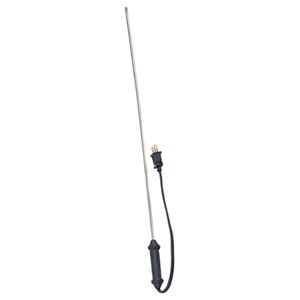JoseCuervo
En-Route
- Joined
- Mar 11, 2012
- Messages
- 2,868
- Display Name
Display name:
JoseCuervo
Any suggestions for cobbling together a redneck engine pre-heater for this week?
Expecting temps below 20 for daily highs.
Plane is stored in a large hangar with free electricity. The hangar has 6 planes, so don't want to heat the whole building, nor do I want to burn down the plane nor building.
Plane is a C182.
Expecting temps below 20 for daily highs.
Plane is stored in a large hangar with free electricity. The hangar has 6 planes, so don't want to heat the whole building, nor do I want to burn down the plane nor building.
Plane is a C182.








